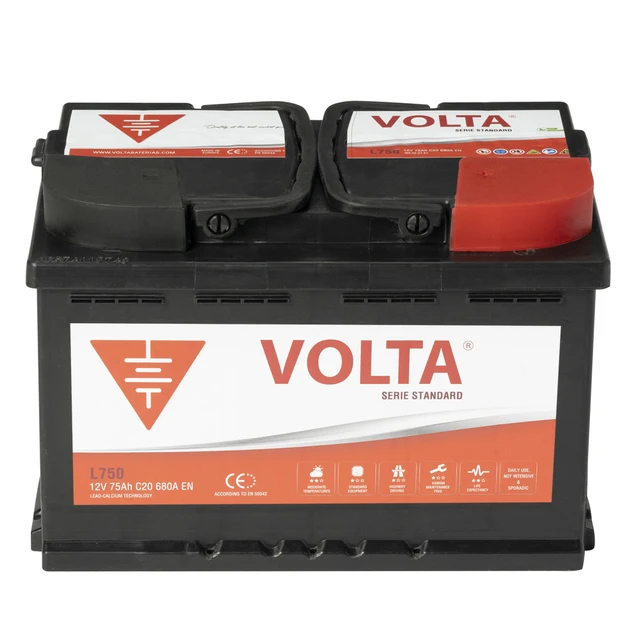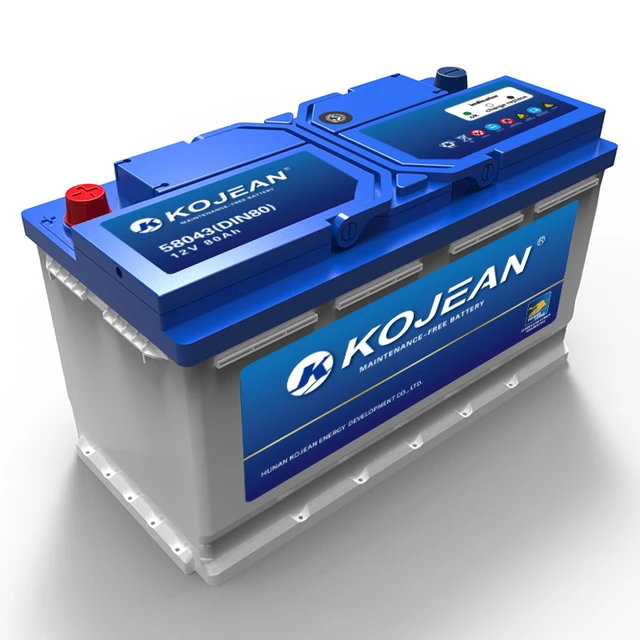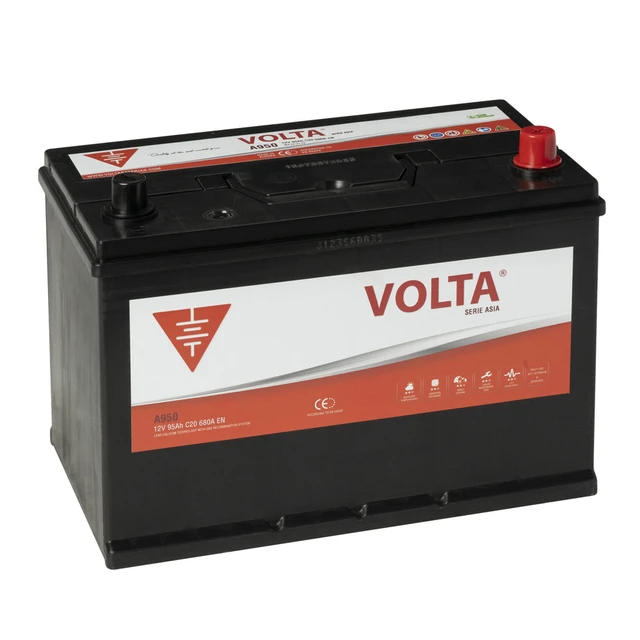 Introduction:
Introduction:
A dead car battery can be an inconvenience and may leave you stranded. If you find yourself with a drained battery, you may wonder how long you need to leave your car running to charge it. While running your car is a common method of charging the battery, the charging time can vary depending on several factors. In this article, we will provide you with a comprehensive guide on how long to leave a car running to charge the battery. We will explore factors that affect charging time and offer tips to help you effectively charge your car battery.
 Some common types of car batteries:
Some common types of car batteries:
There are several types of car batteries available, each with its own unique features and construction. Here are some common types of car batteries:
Lead-Acid Batteries:
Lead-acid batteries are the most traditional and widely used type of car battery. They are made of lead plates and an acid electrolyte solution. They are affordable and reliable, providing a consistent power supply. However, they require regular maintenance and monitoring of the electrolyte levels.
Absorbent Glass Mat (AGM) Batteries:
AGM batteries are a type of lead-acid battery that uses glass mat separators to hold the electrolyte solution. They are sealed and maintenance-free, requiring no electrolyte level checks or water additions. AGM batteries are known for their high power output, durability, and resistance to vibrations and deep discharges. They are commonly used in modern vehicles with advanced electrical systems.
Gel Batteries:
Gel batteries are also a type of lead-acid battery that uses a gel-like electrolyte instead of a liquid solution. The gel electrolyte helps to immobilize the acid, making the battery spill-proof and resistant to vibrations. Gel batteries have a longer lifespan and can withstand deep discharges better than traditional lead-acid batteries. They are commonly used in applications with high power demands or in rough terrains.
Lithium-Ion Batteries:
Lithium-ion (Li-ion) batteries are increasingly being used in electric vehicles and hybrids due to their high energy density, longer lifespan, and lighter weight compared to traditional lead-acid batteries. Li-ion batteries provide more power, faster charging times, and better efficiency. However, they are currently less common and more expensive than lead-acid batteries.
When choosing a car battery, it’s important to consult your vehicle’s manufacturer recommendations and select a battery that is compatible with your vehicle’s electrical requirements and power demands. Additionally, factors such as climate, driving conditions, and budget should also be considered. Regular maintenance, such as checking the battery terminals for corrosion and keeping the battery properly charged, will help extend its lifespan regardless of the type.
 Introduction to Charging a Car Battery
Introduction to Charging a Car Battery
Charging a car battery by running the engine allows the alternator to generate electricity and recharge the battery.
A. Battery Drain: Car batteries can drain due to a variety of reasons, such as leaving lights on or a faulty charging system.
B. Alternator Function: The alternator is responsible for generating electricity while the engine is running, charging the battery in the process.
Factors That Affect Charging Time
Several factors can influence how long it takes to charge a car battery by running the engine.
A. Battery Capacity: The larger the battery’s capacity, the longer it may take to charge fully.
B. Discharge Level: The more drained the battery is, the longer it will take to charge.
C. Charging System: A properly functioning charging system will charge the battery more efficiently.
D. Engine RPM: The higher the engine RPM, the faster the alternator charges the battery.
E. Temperature: Extreme temperatures can affect the efficiency of the battery and the charging process.
 Charging Methods
Charging Methods
There are different methods to charge a car battery, each with its own charging time.
A. Jump Starting: Jump-starting a car involves connecting a good battery to the dead battery using jumper cables. The dead battery charges through the functioning battery and the car’s alternator as the engine runs.
B. Trickle Charging: Trickle chargers, also known as battery maintainers, are devices designed to provide a slow and continuous charge to a battery over an extended period, ranging from several hours to a day or more.
C. Driving: Driving the car for an extended period allows the alternator to charge the battery as the engine runs.
Charging Time Estimations
Estimating the charging time for a car battery by running the engine can be challenging due to various factors.
A. General Estimate: As a general guideline, driving the car for about 30 minutes to an hour should provide a decent charge to a moderately discharged battery.
B. Battery Condition: Severely discharged batteries may require longer driving times to fully recharge.
C. Battery Age: Older batteries may hold less charge overall, requiring longer charging times.
D. Charging System Efficiency: A charging system in good condition will charge the battery more efficiently.
Precautions and Tips
When charging a car battery by running the engine, there are precautions to keep in mind.
A. Safety Precautions: Follow safety precautions such as ensuring proper ventilation and avoiding contact with moving engine parts.
B. Idle vs. Driving: When charging the battery, driving the car is more effective than allowing it to idle as it allows for higher RPM and better alternator performance.
C. Regular Maintenance: Practice regular maintenance by checking and maintaining the battery’s health, connections, and the charging system to ensure optimal performance.
D. Multiple Attempts: If the battery does not hold a charge or continually drains, it may require testing or replacement.
Seeking Professional Assistance
If you’re unsure about charging your car battery or if it continues to have charging issues, it is advisable to seek professional assistance.
A. Auto Service Centers: Contact a reputable auto service center or a professional mechanic to diagnose and address any charging system problems.
B. Battery Replacement: If the battery consistently fails to hold a charge, a professional can help determine if replacement is necessary.
 Conclusion
Conclusion
Knowing how long to leave a car running to charge the battery can help you effectively recharge your car battery after a drain. While charging time can vary due to factors like battery capacity, discharge level, and charging system efficiency, a general guideline is to drive the car for 30 minutes to an hour. Remember to follow safety precautions, perform regular battery maintenance, and seek professional help if needed. By understanding these considerations, you can effectively charge your car battery and ensure reliable vehicle performance.









